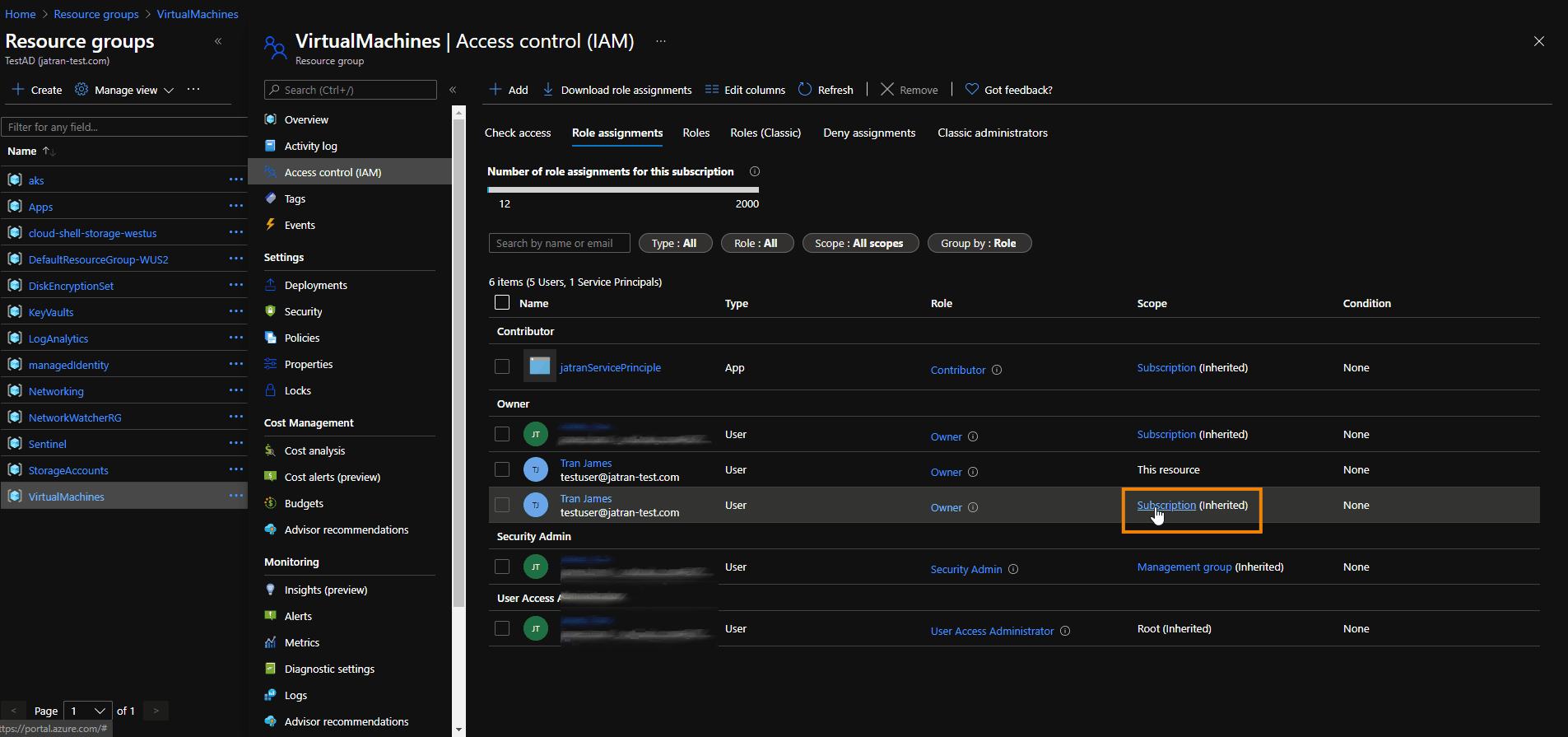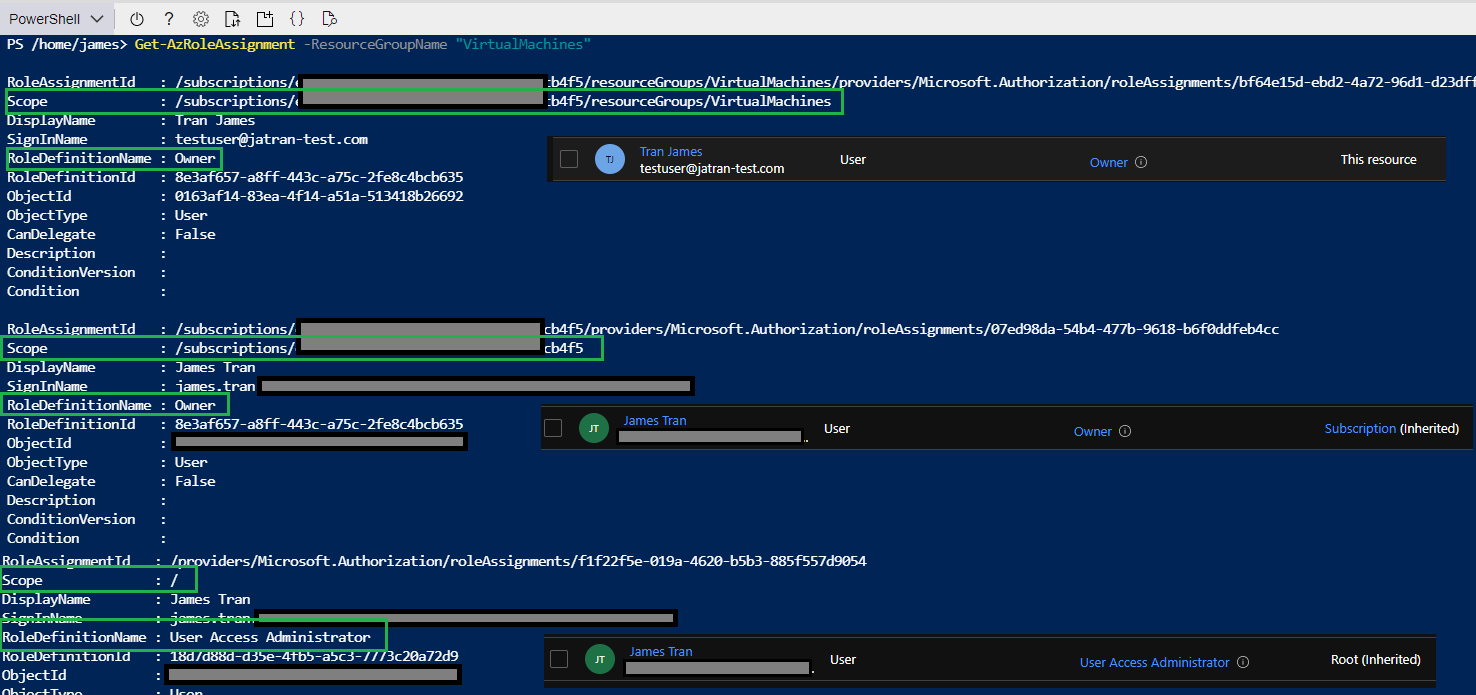@asemencha
Thank you for your post!
When it comes to the different scopes used within Azure RBAC, you can remove an inherited role by selecting the hyperlinked scope and removing the role from IAM there. For example, if you're in a Resource Group's IAM, you might see Management Group (Inherited), or Subscription (Inherited), you can select the hyperlink for the specific scope, go to IAM, and remove the role.
Note: Please keep in mind when removing IAM roles - make sure that the user you're removing doesn't need that specific role at that scope. i.e. Owner at the Subscription level.

To better help with role assignments, I'd recommend referencing our Azure RBAC Best Practices documentation, specifically the Assign roles to groups, not users section, which talks about assigning roles to groups.
If you have any other questions, please let me know.
Thank you for your time and patience throughout this issue.
----------
Please remember to "Accept Answer" if any answer/reply helped, so that others in the community facing similar issues can easily find the solution.





